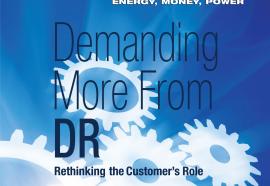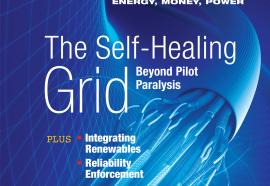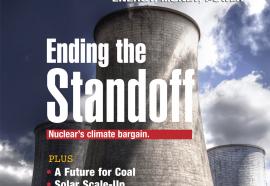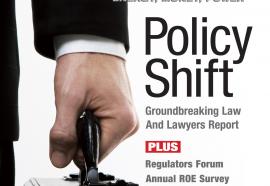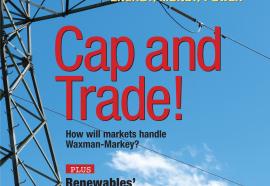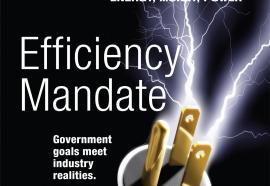Every Last Penny
Transmission cost allocation, the worth of the grid, and the limits of ratemaking.
A look at the issues that the Federal Energy Regulatory Commission must address concerning allocation of costs for certain high-voltage transmission lines 500kV or greater, planned for the PJM region, in the “paper hearing” on remand from the 7th Circuit federal court decision that rejected a socialized, region-wide sharing of costs among all utilities and customers across the RTO footprint.

